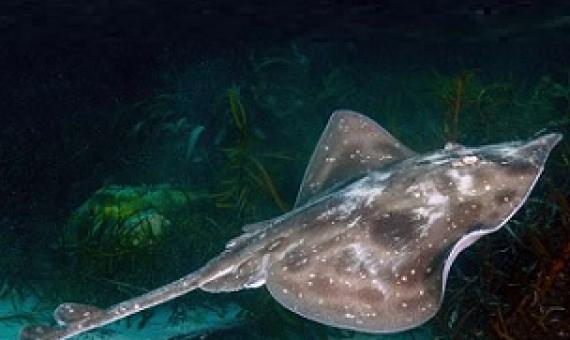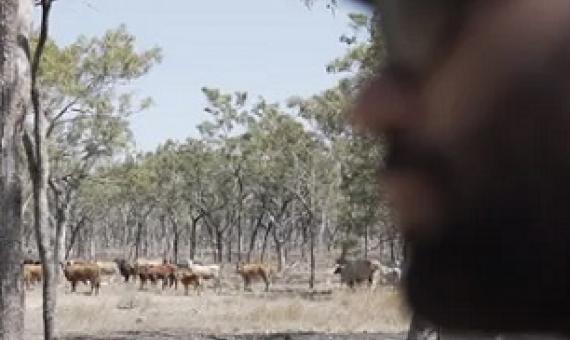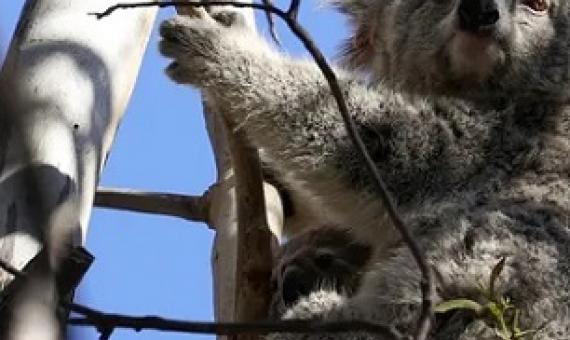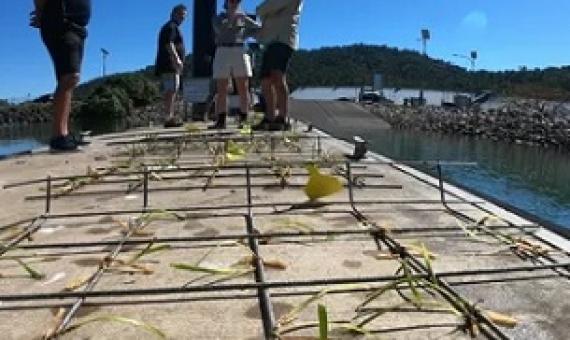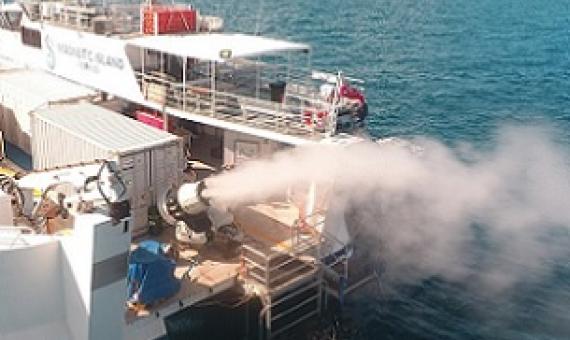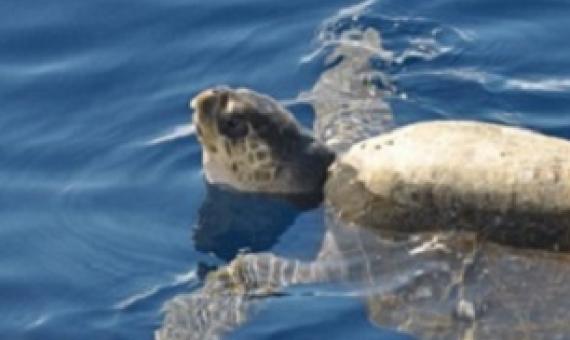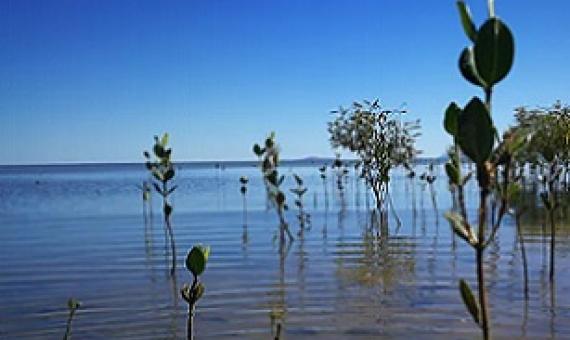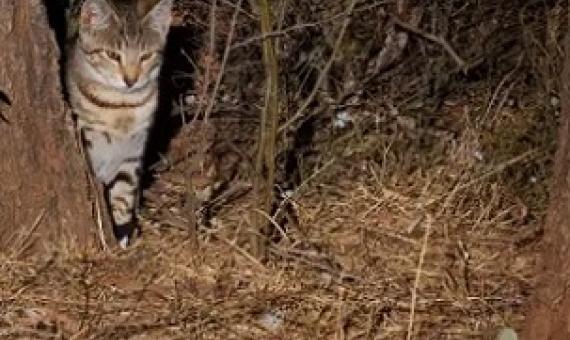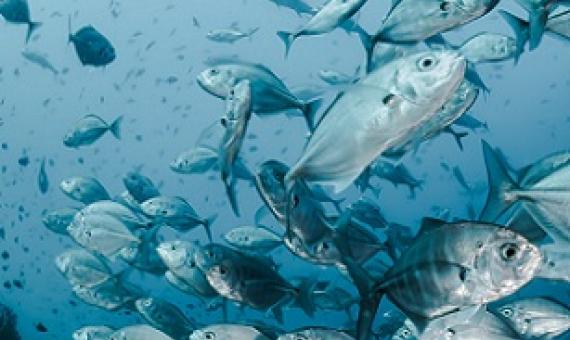The first complete assessment of extinction risk for all Australian sharks, rays and ghost sharks reveals Australia is home to more than a quarter of shark species on the planet, but 12 percent of those are at risk of extinction.
Feral herds rubbing off rock art, trampling sacred ceremonial sites and destroying culturally significant waterways will be tackled with new space technology.
The New South Wales government has set a target of zero extinctions of native wildlife in the state’s national parks estate, the first time an Australian government has set the goal.
Researchers have been forced to avoid crocodiles, deadly jellyfish and even quicksand-like mud to replant seagrass beds south of Cairns as part of a project they hope to expand across tropical Australia.
In place of its normal load of cars and vans, the repurposed ferry boat sported a mobile science laboratory and a large fan on its deck as it left Townsville, Australia, in March.
In collaboration with Utrecht University (Netherlands), Goethe University Frankfurt (Germany) and the University of Queensland, the researchers developed a virtual turtle model to simulate cadmium uptake and its effects over a turtles' lifetime.
At 10.5 metres wide, four centuries old and twice the size of its nearest cousin, an “exceptionally large” coral has been discovered on the Great Barrier Reef – the widest known in the area.
The program will also quantify the value of other benefits these ecosystems provide for coastal protection, fisheries and biodiversity. Mangroves, seagrasses and tidal marshes, also known as ‘blue carbon’ ecosystems, lock up carbon at faster rates than most land ecosystems.
Invasive plants, animals and diseases have cost Australia at least $390bn in damages and management costs over the past 60 years, according to research that has painted the most accurate picture yet of the economic burden of these invaders.
Big fish are harder to find in areas sprawling with human activity, unless you're looking in no-take marine reserves, according to a new study led by marine scientists at The University of Western Australia.

